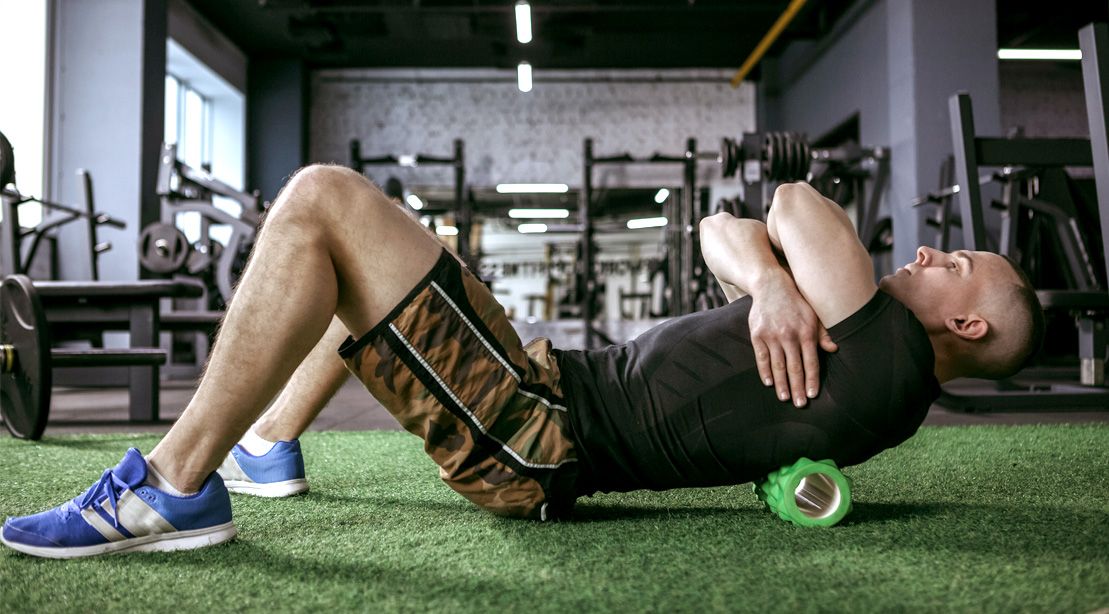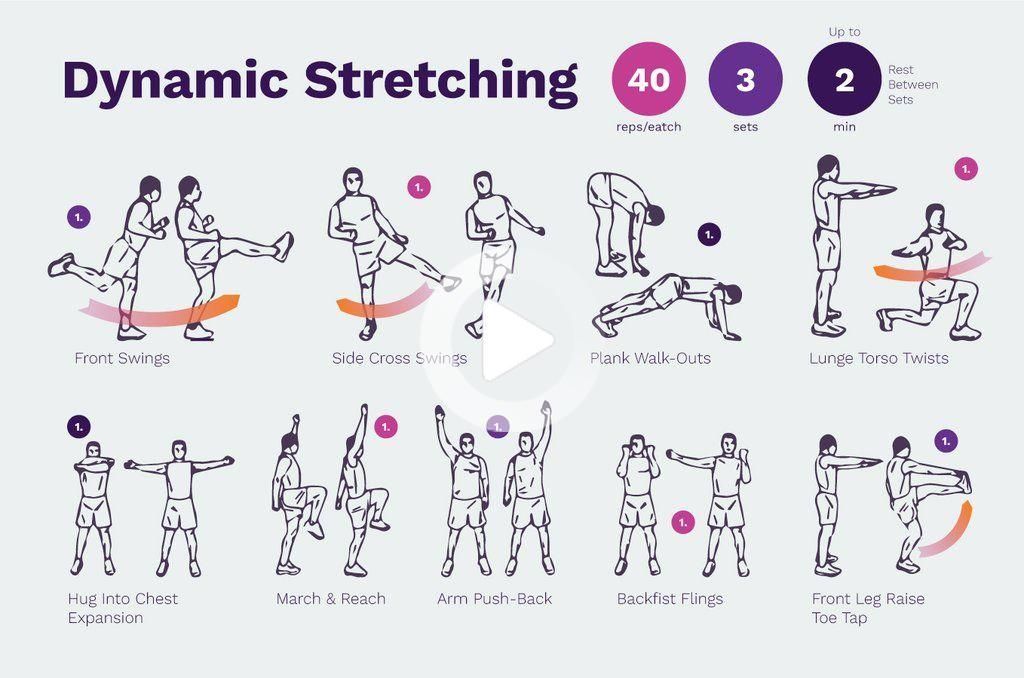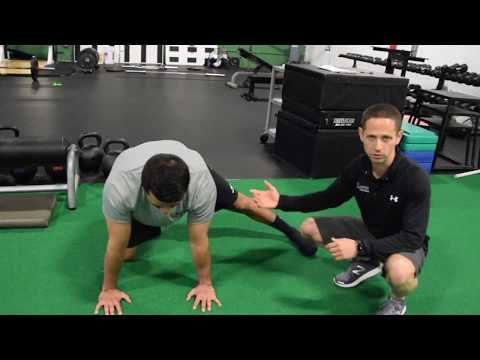Foam Rolling for Improved Mobility
In today’s fast-paced world, maintaining good mobility is essential for a healthy and active lifestyle. Whether you are a fitness enthusiast or someone looking to improve their overall well-being, foam rolling is a highly effective technique that can help you achieve better mobility.
What is Foam Rolling?
Foam rolling, also known as self-myofascial release, involves using a dense foam cylinder to massage and apply pressure to your muscles. By targeting trigger points and releasing tension, foam rolling helps improve flexibility, reduce muscle soreness, and enhance overall mobility.
Benefits of Foam Rolling
1. Improved Range of Motion: Regular foam rolling can significantly increase your joint range of motion by decreasing muscle tightness and restrictions. This can be particularly beneficial for athletes and individuals who engage in repetitive movements, such as running or weightlifting.
2. Enhanced Flexibility: By targeting specific muscle groups, foam rolling helps stretch and lengthen tight muscles. This, in turn, leads to improved flexibility, allowing you to perform movements with greater ease and efficiency.
3. Pain Reduction: Foam rolling helps alleviate muscle soreness and stiffness by increasing blood flow to the affected areas. This not only reduces pain but also speeds up recovery after intense workouts or physical activities.
4. Injury Prevention: Regularly incorporating foam rolling into your exercise routine can prevent injuries by reducing muscle imbalances, improving posture, and addressing potential restrictions before they develop into more serious conditions.
How to Foam Roll Safely
Proper form and technique are crucial for the effectiveness and safety of foam rolling. Here are some guidelines to follow:
1. Start Slowly: If you are new to foam rolling, begin with gentler pressure and shorter durations. Gradually increase the pressure and time as your tolerance and comfort level improve.
2. Frequent Breaks: Take breaks between foam rolling sessions to avoid excessive pressure or strain on your muscles. Two to four minutes per muscle group is generally sufficient.
3. Focus on Target Areas: Identify areas of tension or discomfort in your body and concentrate on those muscle groups. Spend more time foam rolling areas that need extra attention.
4. Use Your Bodyweight: Place the foam roller on the target muscle and use your bodyweight to apply pressure. Adjust the pressure by shifting your weight as needed.
5. Controlled Movements: Roll slowly and methodically. Avoid quick and jerky movements, as they can cause muscle strain or injury.
When to Foam Roll
You can incorporate foam rolling into your fitness routine in several ways:
1. Pre-Workout: Foam rolling before a workout can help warm up your muscles, enhance circulation, and improve mobility, preparing your body for optimal performance.
2. Post-Workout: Foam rolling after a workout helps reduce muscle soreness, increase blood flow, and accelerate the recovery process. It can also aid in flushing out metabolic waste products from your muscles.
3. Active Rest Days: On days when you are not engaging in intense workouts, foam rolling can be used as a form of active recovery to promote muscle relaxation and prevent tightness.
Conclusion
Foam rolling is a simple yet highly effective technique for improving mobility, flexibility, and overall well-being. By incorporating foam rolling into your fitness routine, you can experience increased range of motion, reduced muscle soreness, and enhanced performance. Remember to prioritize safety and proper form when foam rolling to maximize its benefits. So, grab a foam roller and start rolling your way to improved mobility today!


